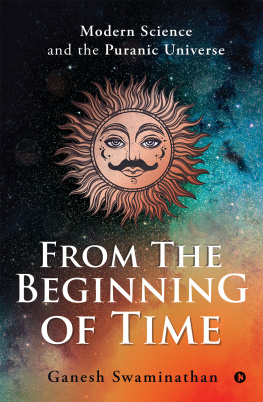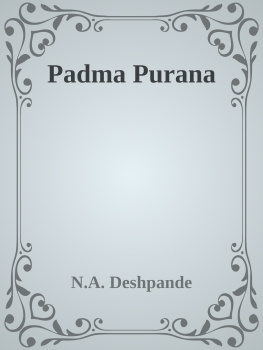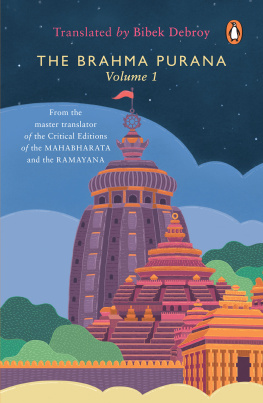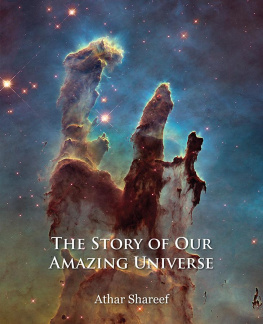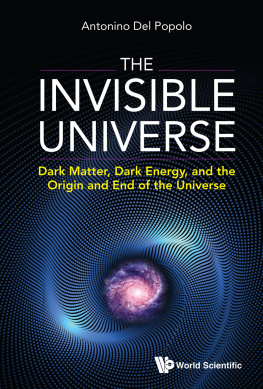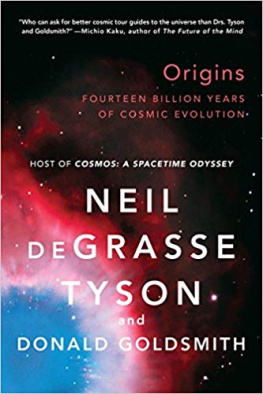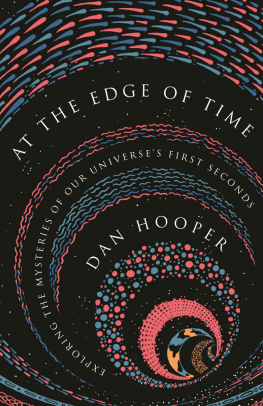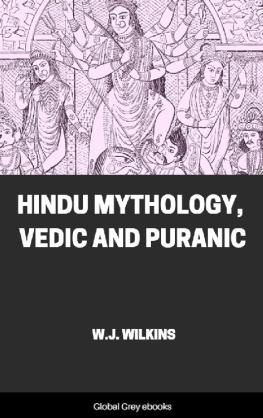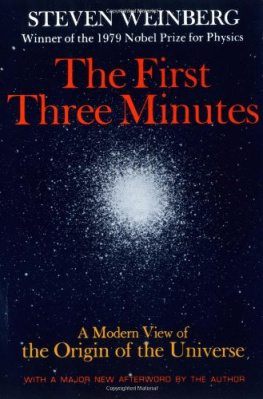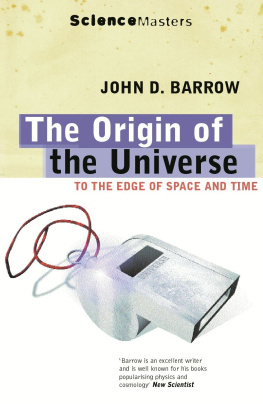
Hence, listen to this summary. Narayana creates the world.
It is on that occasion of creation when he makes this entire Purana.
It does not remain at the time of annihilation.
Brahmanda Purana
Book I, Section i, Ch. 1, v. 174

Notion Press
No.8, 3 rd Cross Street,
CIT Colony, Mylapore,
Chennai, Tamil Nadu 600004
First Published by Notion Press 2020
Copyright Ganesh Swaminathan 2020
All Rights Reserved.
eISBN 978-1-64850-732-8
This book has been published with all efforts taken to make the material error-free after the consent of the author. However, the author and the publisher do not assume and hereby disclaim any liability to any party for any loss, damage, or disruption caused by errors or omissions, whether such errors or omissions result from negligence, accident, or any other cause.
While every effort has been made to avoid any mistake or omission, this publication is being sold on the condition and understanding that neither the author nor the publishers or printers would be liable in any manner to any person by reason of any mistake or omission in this publication or for any action taken or omitted to be taken or advice rendered or accepted on the basis of this work. For any defect in printing or binding the publishers will be liable only to replace the defective copy by another copy of this work then available.
Dedication
This book is dedicated to
my late father and my mother,
whose deep faith and religious observances
have been the bedrock of my upbringing.
ACKNOWLEDGMENTS
T his book is dedicated to my late father and my mother. Interestingly, the journey that culminated in this book also began with them. A turn of events led me to spend most of my vacation with them, over three to four trips a year. I had a lot of time on my hands, and during one of my visits, I ordered a copy of the Matsya Purana. Over time, I started making notes about the text, which became the core of the book today.
This book is my first, and I do not believe I would have been able to get this far without the help of many friendssome providing encouragement and counsel, others reading a couple of chapters, and providing feedback. Many of them would like to stay unnamed, but you know who you are, so thanks very much.
The book attempts to create a narrative by looking at passages across many of the Puranas and linking them to astronomical phenomena or events. This might suggest great expertise either in the Puranic lore or in space sciences, which is certainly not the case. In many cases, finding a verse suggesting an astronomical or geological event was purely serendipitous. I would be searching for a passage I had read earlier that could be useful to be quoted, and, in the process, I would stumble upon another. While this is not uncommon, the number of these and other occurrences does make me wonder if this was more than happenstance.
I want to thank the team at Notion Press for their patience and help in converting the script to a book. Working with them has been a great experience.
Most of all, I want to thank my family for their unwavering support during the writing of this book. The book has taken a lot longer than I thought it would. I attribute this to the complexity of the topic and the serendipitous nature of the work. Also, being unlettered in the craft of writing a book, it took me many drafts before I felt the topic had been made simple and accessible enough to a lay reader. Besides chipping in with their suggestions, my wife and daughter provided encouragement throughout this process, without which this book would not have been possible.
Ganesh Swaminathan
May 2020
I. The Puranas
An Introduction
T he Puranas are one of the three sacred texts of the Hindu faith, the other two being the Vedas and the Itihasas. The Vedas are a collection of hymns to deities, with passages that are complex and multi-layered in their meaning. The Vedic hymns, or sloka, are recited during significant rituals, including births and weddings. The Vedas are considered the cornerstone of the sacred texts of the Hindu faith.
The Itihasas are considered a narration of history. The word itihasa is a compound of Sanskrit words, which together mean this happened. The accounts carry with them the names of people and places. They also come with date stamps of the universal calendar, which is the position of stars and planets in the sky. The Itihasas consist of the two epicsthe Ramayana and the Mahabharata. They have both been translated, widely read, and analyzed. The Puranas, however, are unique as a text.
The Puranas are Smriti, meaning that which is remembered. They are distinct from the Vedas that are Sruti, meaning that which is heard. The Itihasas, as mentioned earlier, are considered a record of what happened. The word purana in Sanskrit means ancient. The Puranas describe events from a time well before what the Itihasas chronicle. The stories are less specific, mentioning only the epoch in which the incident occurred.
The Puranas remain something of an enigma. The Bhagavata Purana, for example, describes the solar system as being flat when seen from an edge. This is a unique insight from a text that is over 2,000 years old. The same document, however, describes the earth represented by Jambudvipa as an island surrounded by oceans. This is a description that does not resonate with our understanding of the planet.
One could view the Puranas as comprising passages of great insight, interspersed with verses of poetic imagination. This does not seem to stand up to scrutiny. The Puranas, as a body of work, appear to be characterized by extreme brevity. For example, a story in the Devi Purana describes Rama performing Navratra puja, which enabled him to be victorious in his fight against Ravana. Passages in the Devi Purana paraphrase almost the entire Ramayana of about 25,000 verses in less than 200.
If we can rule out any form of dilation in the text, we must assume that the passages that describe cosmic events are built on an underlying narrative of the universe. Without this perspective, different verses come across as flashes of brilliance that seem disconnected from one another. It is this underlying view of the universe in the Puranas that this book seeks to uncover.
The Puranas describe the various cosmic phenomena, either factually or allegorically. They represent the events factually as they are observed. This may be how an elementary textbook would characterize the topic. An example of this would be the description of the moons progress through its various phases. The moon marrying the 27 daughters of Daksha, the 27 nakshatra , is an example of the use of allegory. Every morning at dawn, the moon is seen near a new star, a new nakshatra and, therefore, a new wife.
Most of the stories are repeated across the various Puranic texts, but the level of detail varies. Some Puranas may refer to the story in just a verse or two, while others go into much greater detail. But often, each Purana adds some significant and unique element to the same account. If we compile all the references to a specific topic, across the Puranas, we can aggregate a significant volume of information on the subject. This collection of material can be used to build a narrative for the topic.
This book explores the universe of the Puranas in five partsthe sun, the moon, the earth, the heavens (planets and stars), and the netherworlds. For each of these five parts, as many references as possible are taken from each of the Puranas. The account constructed for each component incorporates the vast majority of references to it. The narrative that emerges is tested in a couple of ways.
Next page
